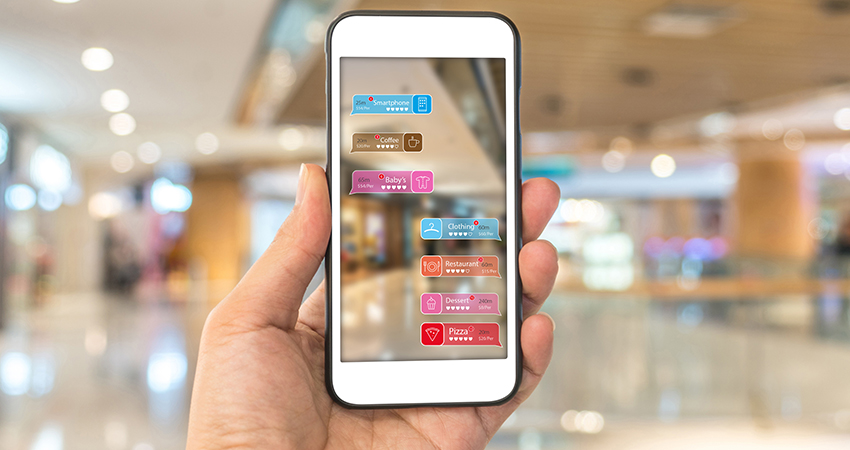As brands race to provide consumers with seamless digital experiences that will ensure retention and secure their place alongside the big disruptors, it often seems that pure players have an unfair advantage over their brick-and-mortar counterparts.
Pure play companies, which have come of age in the brave new digital world, have an undeniable head start when it comes to mastering the digital space. For them, the lessons of brand success are exclusively digital, meaning they are tackling experience development with a digital-first mindset.
And yet research shows that consumers today are routinely navigating omnichannel paths to purchase. So by investing in their digital platforms, and addressing the challenges of the omnichannel experience, brick-and-mortar retailers are providing a solution to a proven consumer need.
One of the main differences between pure players and brick and mortar businesses is that both have very different strategic objectives to harness the opportunities of their respective platforms. Businesses with a brick-and-mortar presence, while maximizing revenue from their digital assets, are also focused on driving customers to their physical locations. For pure players, digital is not one road to revenue but the only channel for growth.
And when it comes to winning at digital marketing, both have their strengths and weaknesses. ContentSquare research shows that pure play brands dominate the market where conversion is concerned. Not unexpectedly, the gap between mobile and desktop conversion rate averages is larger for brick-and-mortar retailers, who have adapted existing customer experiences to digital, rather than building them up from scratch. With innovation part of the pure play DNA, these digitally native companies often have the edge when it comes to digital performance. Shorter load times, easy login, extra fluid journeys — pure players are the heroes of straight-up convenience.
On the other hand, our data also shows that brick and mortar brands boast a healthier bounce rate, a higher category page reach rate, and deeper navigation than pure play platforms. Their users also spend less time on the page when browsing, unlike pure play consumers, whose longer sessions imply they are navigating uncharted waters. All in all, it would seem that brick and mortar companies have brand and product familiarity on their side — their customers often know what they are looking for, and are aware of the quickest path to product. Confirming this is low engagement with the search bar and a higher reliance on the menu. For these visitors, the buying journey can also start online and end in the physical store, with the digital experience bridging several channels.
In fact, in many cases, the retail journey is also headed the omnichannel way. An increasing number of pure players are expanding into offline retail (think Amazon Go), and traditional retailers have been investing in pure play ventures (like Walmart with Jet.com).
Whether pure play or traditional retailer, the key to digital success is delivering the digital experiences consumers actually want, versus the ones we think they want. Brands today all have access to the same tools to understand the reality of their users, and eradicate guesswork from their workflow. And with easily accessible, highly visual engagement and attractiveness metrics at their fingertips, digital teams have all they need to decipher the nuances of customer intent, and to fix frustrations along the digital journey.

